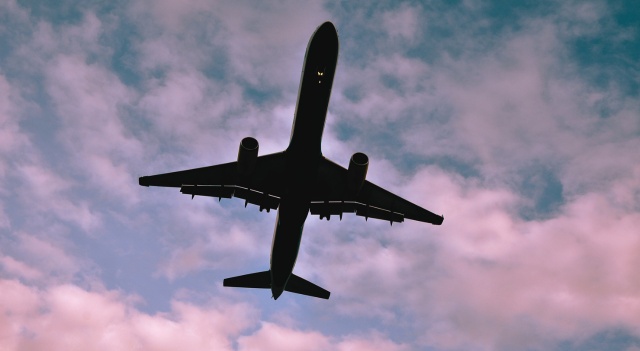Boeing is facing a challenging period following a severe mid-air incident in January, as CEO Dave Calhoun informed employees on Wednesday. The aircraft manufacturer’s recovery is expected to be slowed by reduced production rates of its 737 MAX series, an action taken to enhance the quality and safety of its aircraft. Calhoun, who plans to step down at the end of the year, emphasized that the company’s current predicament requires a focus on safety over financial outcomes.
“Lower deliveries can be difficult for our customers and for our financials. But safety and quality must and will come above all else,” Calhoun stated, highlighting the intensified scrutiny the company faces after a January accident involving a 737 MAX 9 operated by Alaska Airlines.
Despite these challenges, Calhoun noted early signs of improvement, with more “predictable, stable, and efficient cycle times in [the] 737 factory,” which are expected to gradually progress. However, he did not provide specific details on the current production levels. This comes as Reuters earlier reported a significant reduction in the production of the 737 MAX, primarily due to increased inspections by U.S. regulators.
Analysts have expressed concerns that the slower pace of deliveries might push back Boeing’s financial and production targets. The company’s CFO recently indicated that more time would be required to achieve the 2022 goal of reaching an annual cash flow of about $10 billion by 2025 or 2026. This target is crucial as Boeing seeks to recover from the twin disasters of 2018 and 2019, when two MAX jets crashed, leading to a global grounding of the fleet.
Additionally, production and delivery of Boeing’s 787 widebody jets are also expected to ramp up more slowly, as indicated in a recent memo, with the company grappling with shortages from suppliers on several key components.
Following the January 5 accident, the Federal Aviation Administration (FAA) has placed a cap on MAX jet production and has mandated Boeing to formulate a comprehensive strategy to rectify systemic quality-control issues.
Despite these setbacks, the demand for new aircraft remains robust, albeit constrained by production limits at both Boeing and its competitor Airbus, with the latter pulling ahead in the narrowbody market segment during the first quarter.
Calhoun remains optimistic that most of the 737 and 787 jets currently in inventory will be delivered by year-end, which should provide a vital cash influx. He also projected that Boeing’s defense sector, which has been underperforming, will soon return to more traditional performance levels, hinting at a potential turnaround in this division.
Boeing posts better-than-expected revenue at $16.6B
The Boeing Company announced on Wednesday that revenue for the first quarter of fiscal 2024 was $16.57 billion. The company’s better-than-expected result comes as it undertakes “comprehensive actions” to bolster “quality and safety” in its commercial business.
According to today’s report, GAAP net loss was $355 million or $0.56 per share, better than the $425 million net loss logged in a similar quarter a year earlier. The company’s total order backlog increased to $529 billion, including more than 5,600 commercial aircraft. Boeing declared a deceleration in its production of the 737 program below 38 per month “to incorporate improvements to its quality management system.”
Shares of Boeing went up by 3.70% after the report’s release in premarket in New York.
